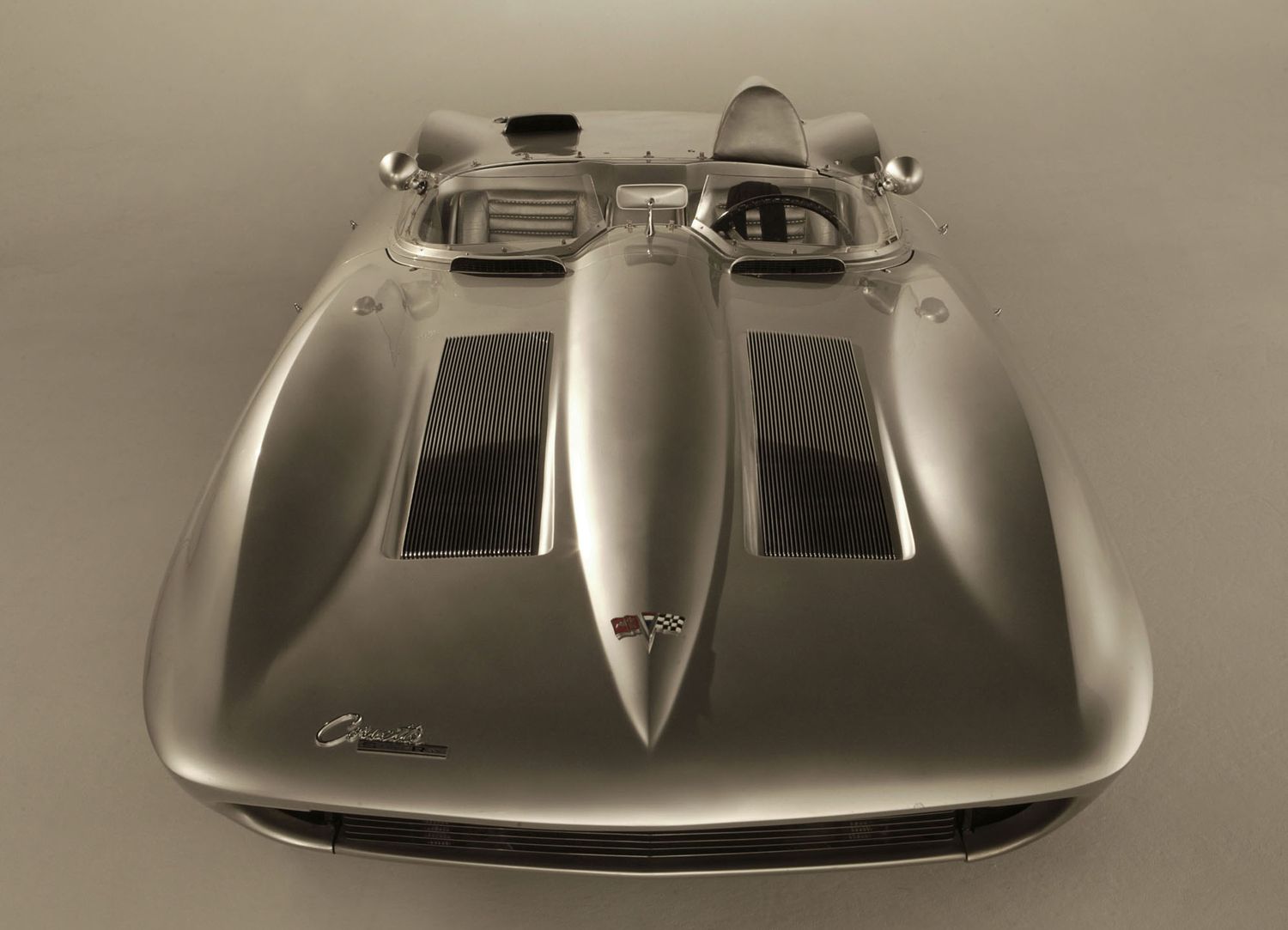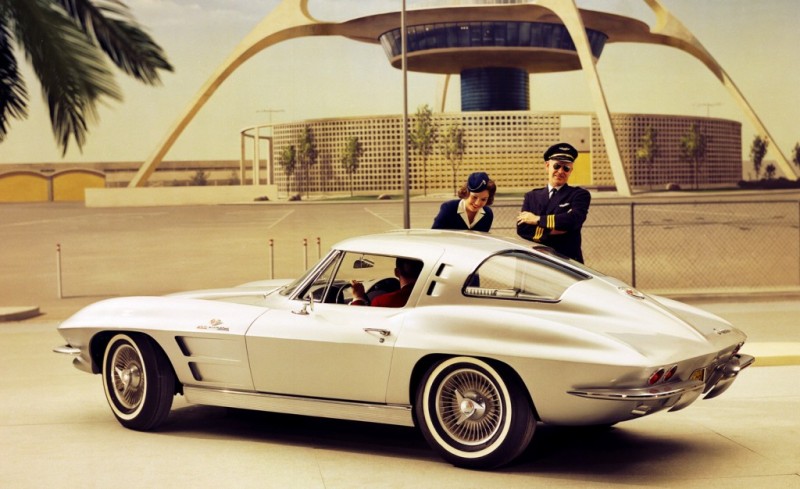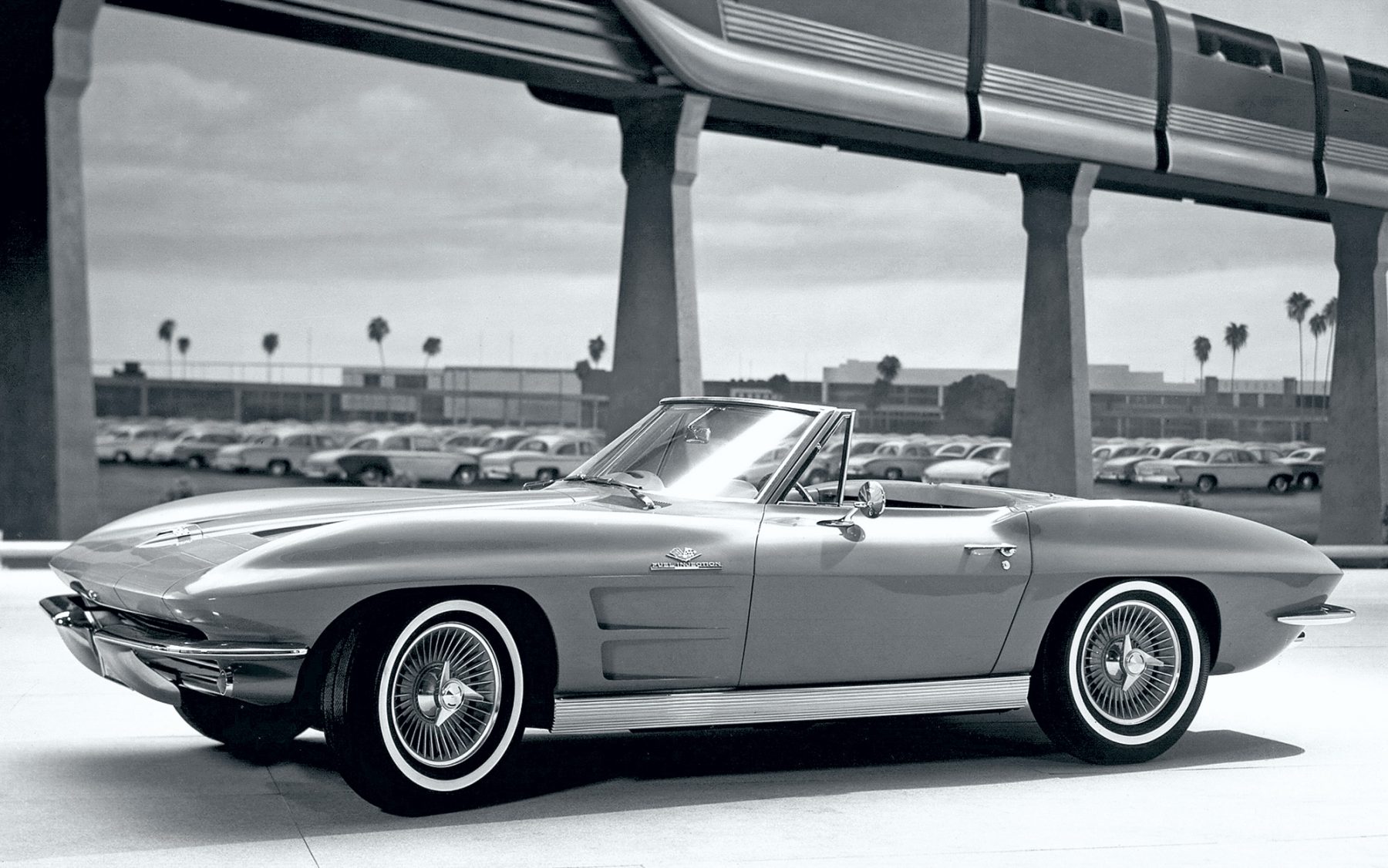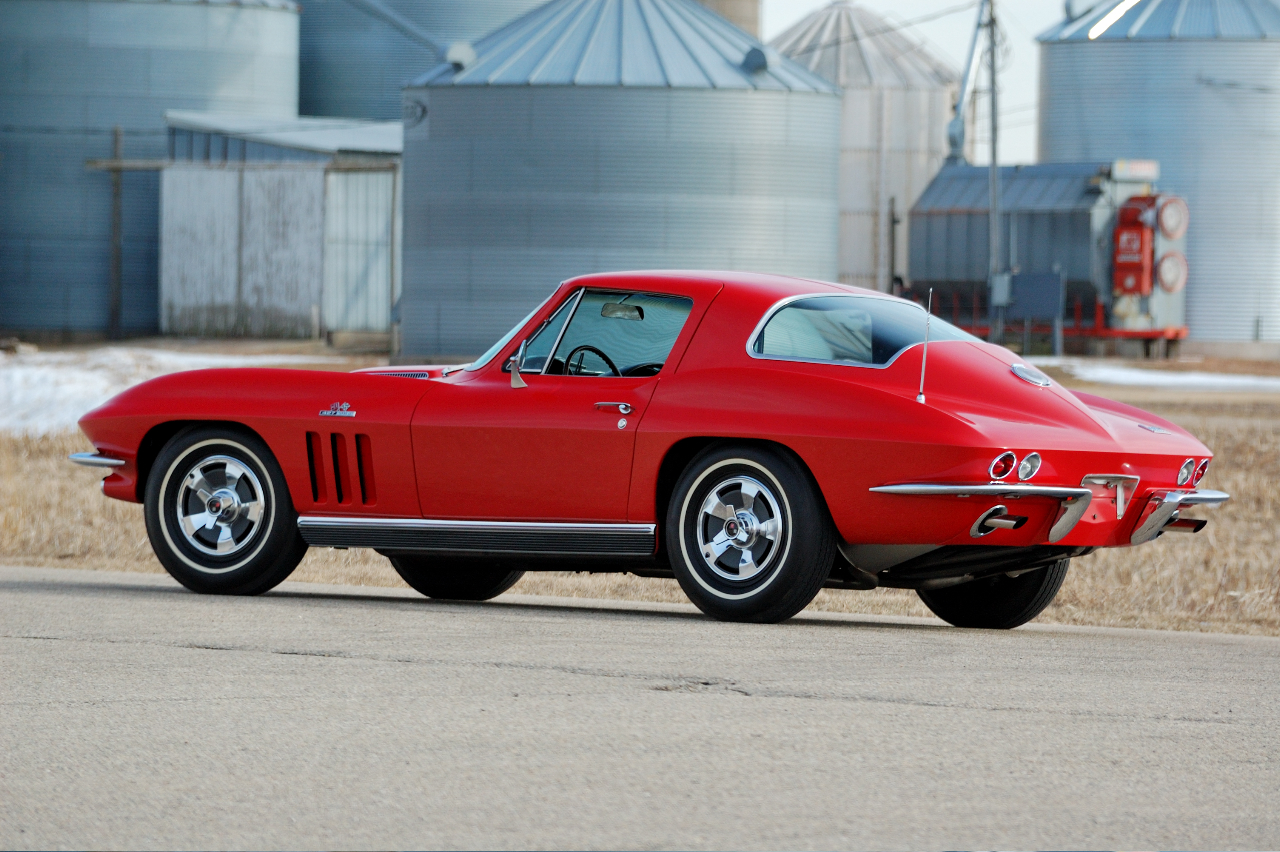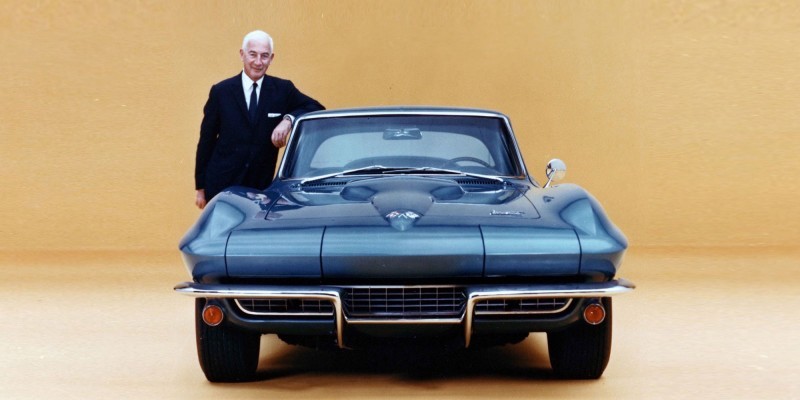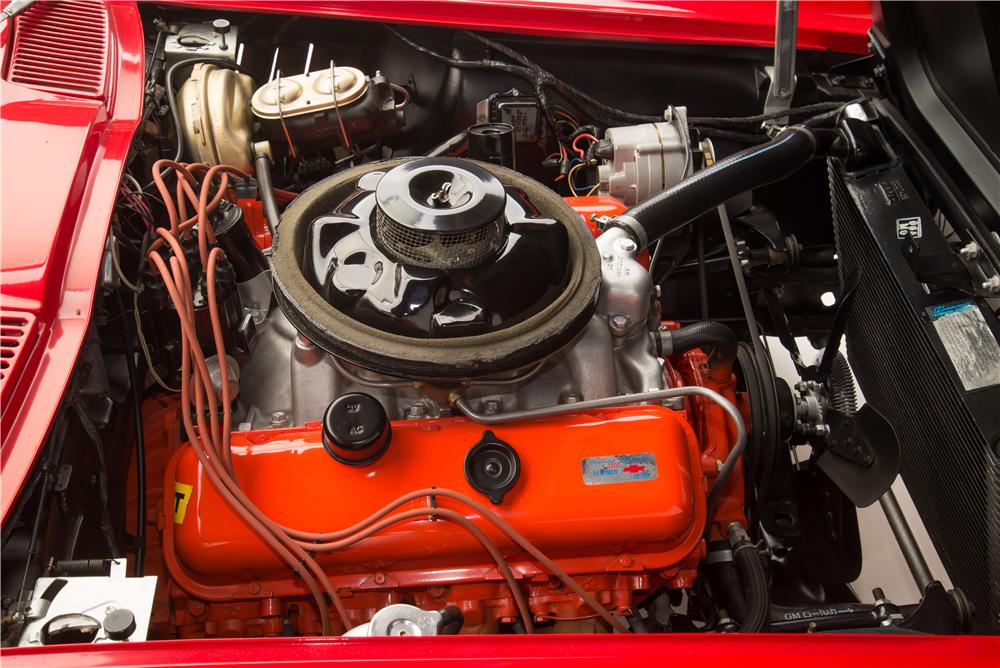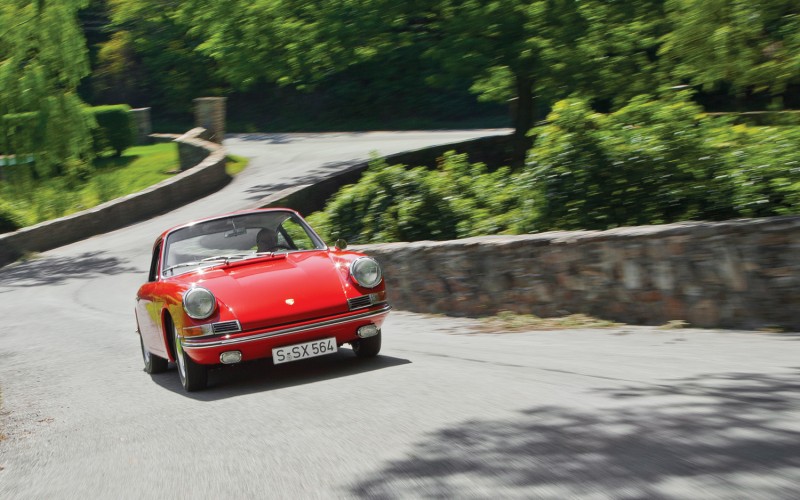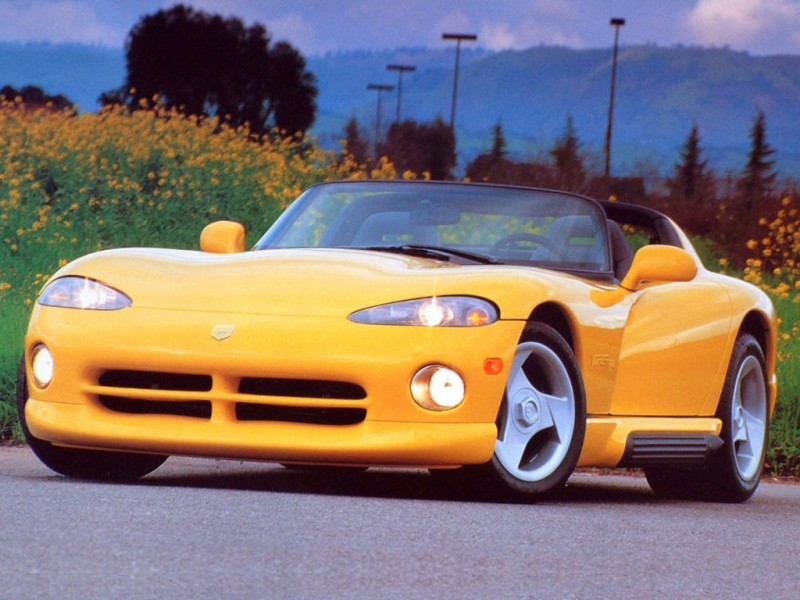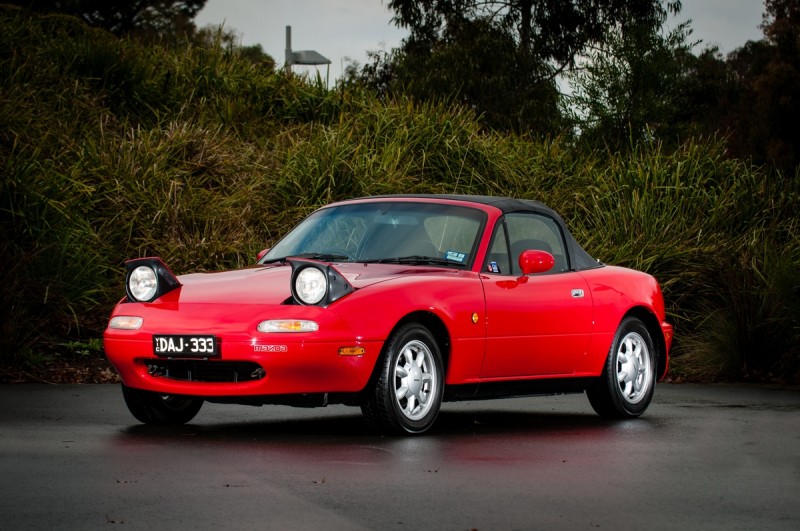Born out of competition, the Corvette has long stood as America’s sports car champion. Proving to the world that American-built cars can beat their best. Since its introduction in 1953, it has been a fiercely contested war both internally and externally. But as a new decade waned, the progenitor needed to hang up its gloves. So General Motors renewed its lease on life and, unbeknownst to them, began development on the Corvette that would shape everything to come.
Daddy Dunstov’s Designs
Enter Zora Arkus-Dunstov: Promoted to Chief Engineer of the Corvette program in the late 1950’s he is now considered to be the father of the modern Corvette because of the remarkable work he did with the C2. Zora and his team took to totally re-designing the Corvette by drawing from two stillborn design projects. The first piece was the Sting Ray Racing project, which was a body and styling design study. The Sting Ray body was defined by aggressive shapes and accents and those features would be carried over into the C2, giving it a powerful, combative demeanor.
The second project was the advanced independent rear suspension, transaxle, and chassis design of the Q-Corvette project. The result of this project would be the XP-720 prototype that would directly evolve into the C2. As the big release approached, in 1963, the new Corvette began to look quite promising. The Q-Corvette’s chassis advancements made the car handle far better than the outgoing C1, but also made it heavier. To counteract this innovative use of fiberglass body paneling was attached which lowered the weight. The modern passenger compartment tub gave more space to persons and luggage. Another major design advancement with the C2 was that Chevrolet used wind tunnel testing to advised engineers were to make revisions, which encouraged stability.
Corvettes Capture Hearts
Cue the release! American buyers fell fast in love with the new Corvette’s mesmerizing looks and the outrageous performance of the new convertible and, for the first time, a coupe. The car arrived at showrooms with pop-up quad headlights (a first for an American car since 1942), the assertive Sting Ray body figure styling, a unique split-rear window, and hosted chassis improvements from the Q-Corvette that would revolutionize handling.
Opening a door became a gateway to even greater excitement as the interior had been entirely reimagined too. Driver’s stared down at large dials that were paired with auxiliary gauges placed under large, race-like cowlings that individually encapsulated both sides of the cockpit. Not only did they look racy but they also offered practicality as they provided better storage space and air ventilation. Options were generous: four 327 V-8’s were offered ranging from 250 to 340 hp, three transmissions, six-axle ratios, AM-FM radio, A/C, leather upholstery, and even different brake packages. This was also the first year buyers could transform their Corvette into an SCCA champion directly from the factory by selecting the now venerable Z-06 package.
A Journalists Joy-Ride
When automotive journalists finally got their hands on the car their reviews were meritorious. Journalists spoke highly of the revised steering system, improved weight distribution, and how the new suspension advanced the car drastically. Plus, with more weight over the rear wheels, off-the-line traction was improved. Overall, by way of the fiberglass panels, the car was lighter, which improved acceleration times despite there being no power increases. GM had finally created a Corvette that was earnestly a world contender and the improvements did not stop there. During the next four years, Zora’s crew would alter, improve, and transform the C2 with technology and styling that would be inherited by future Corvettes.
Further Changes for Sixty-Four
As 1964 dawned upon the world, Corvette buyers were greeted by a batch of changes. The fake hood vents from the ‘63 were gone along with the bar that split the rear window. The two highest-rated motors received more power, bushings for the motor and transmission were softer, and the suspension was further tweaked to make the car slightly more livable as a daily driver compared to the previous year.
The 1964 changes did not last long, though. In 12 months new styling was already issued out for public consumption. The hood was smoothed out from where the vent ducts had been, three vertical exhaust slats appeared on the front fenders, brake rotors became standard and were lauded for their high-performance. Most importantly, though, a new 396 cu. in. V-8 appeared that gave the Corvette 425 hp. This carbureted motor took an ax to the more expensive, but less powerful, fuel-injected 327 in. V-8. Chevrolet wouldn’t even offer a fuel injected engine on the Corvette for another 18 years.
Stylish Sixty-Six
Not standing idly in the face of growing worldwide competition the Corvette continued to bulk up for 1966. The 427 in. V-8 was introduced which provided the same power but more torque than the outgoing 396. Small block engine options were slashed from five offerings down to only two. Outside, the car received a minor update in the shape of a new grill; a Corvette script logo was attached to the front corner of the hood, and that hood was also given a central bulge.
A Final Hurrah
After deeming the Corvette C3 unfit for production (because of aerodynamic issues) Zora, let the C2 fight it out one more year. Now determined to leave production with more accolades than anything GM had ever produced the C2 hopped into the ring, one last time in 1967. Exterior adjustments were subtle but led to one of the best-looking years. The three front fender exhaust slats were cut down into five smaller, vertical ones, and the eternal battle with hood styling saw one last revision that included a hood scoop into the 66’s bulge.
Power was up on most engines but the real power, came from the ultra-rare *only 20 were produced) L88 motor option. Chevrolet essentially declared war on the roads of America by offering this high compression (12:1) racing engine. It came with lightweight heads, bigger ports, racing camshafts, a lightweight radiator, a smaller flywheel, a unique 4-barrel carburetor by Holley, and only drank race fuel. Chevy even mandated that it come with positraction, no radio, no heater, the heavy-duty suspension, power brakes, and a bespoke ignition. The option was advertised at 430 hp, but most sources found 560 hp was realistic.
By the time the C2’s tenure as champion had come to a close it had achieved enough success that in the decades to follow it would become classically immortal. The styling and design permeated into all newer models, the Z-06 performance optioned Corvettes came to be feared, and continuous development transformed it from a sports car into a daily driver with an ever-present racing attitude. Surely the world would be a worse place without America’s sports car in it.
Specifications
- Years: 1963 – 1967
- Motor & Layout – V-8 OHV (Front Mounted)
- Displacement – 5.4L (327 in) / 6.5L (396 in) / 7.0L (427 in)
- Drive – RWD
- Power (hp) – 360 (5.4) / 425 (6.5) / 430 (7.0)
- Torque (lbs-ft) – 360 (5.4) / 415 (6.5) / 460 (7.0)
- Transmission – 3-speed manual / 4-speed manual / 2-speed Automatic
- Wheelbase – 98.0 in (2,489mm)
- Weight – 3,362 lb (1,525 kg)
- 0-60 mph – 5.8 sec (360 hp)
- Quarter-mile – 14.5 sec (360 hp)
- Top Speed – 146 mph


